Shanghai, China
+86-17317656853
inquiry@cgprotection.com


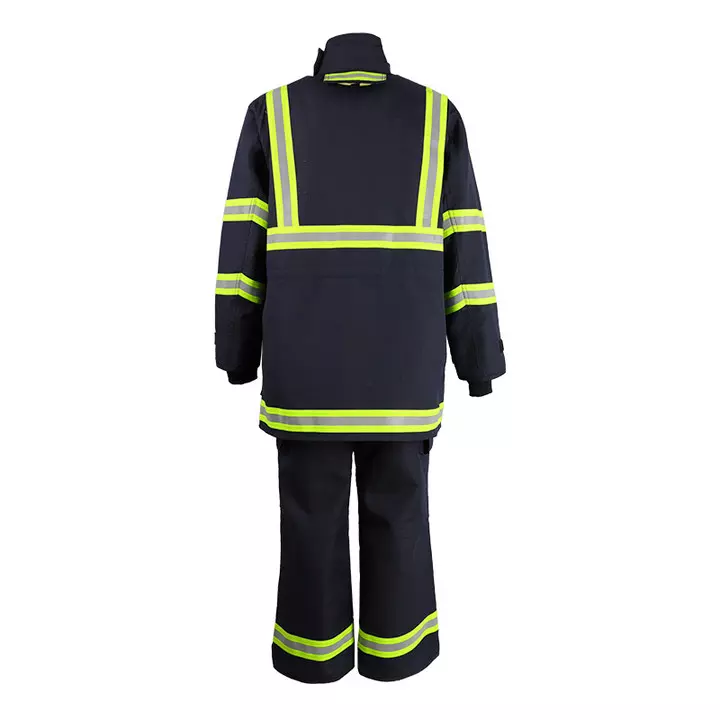


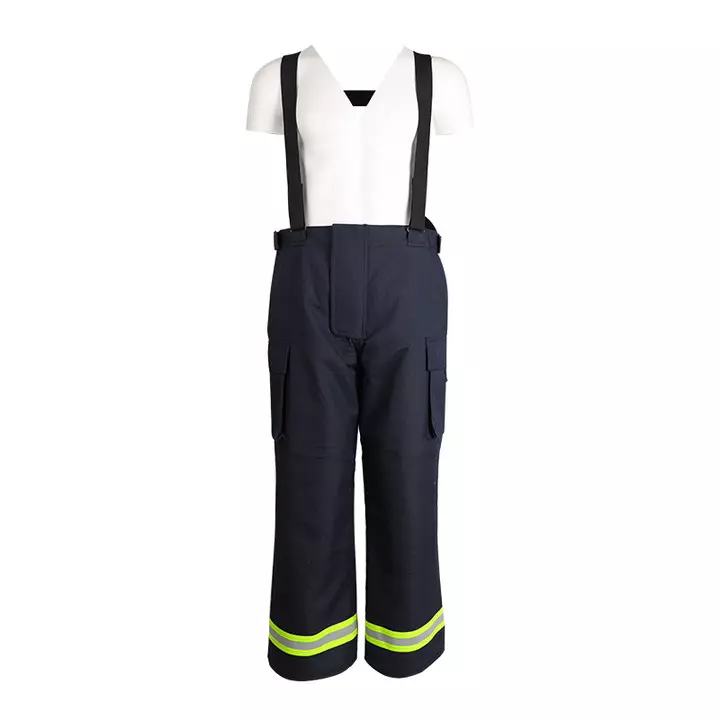
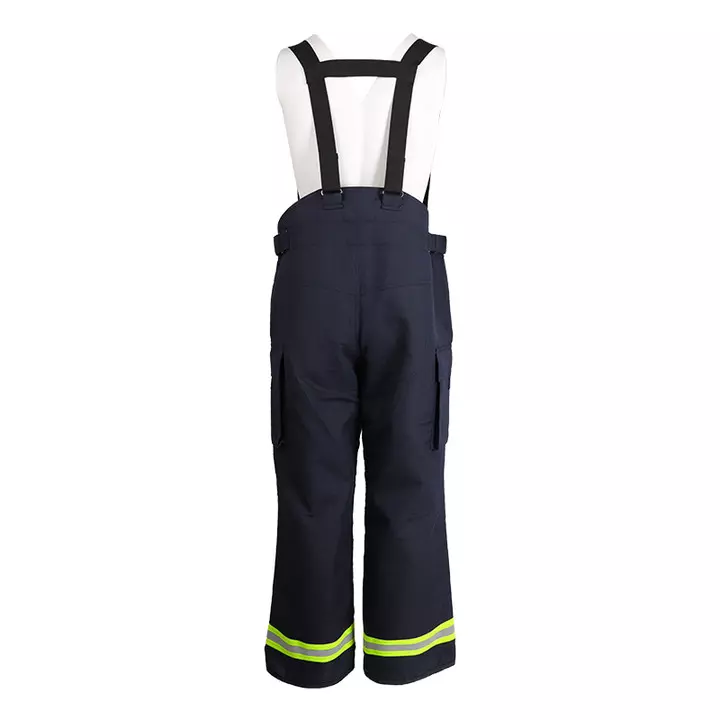
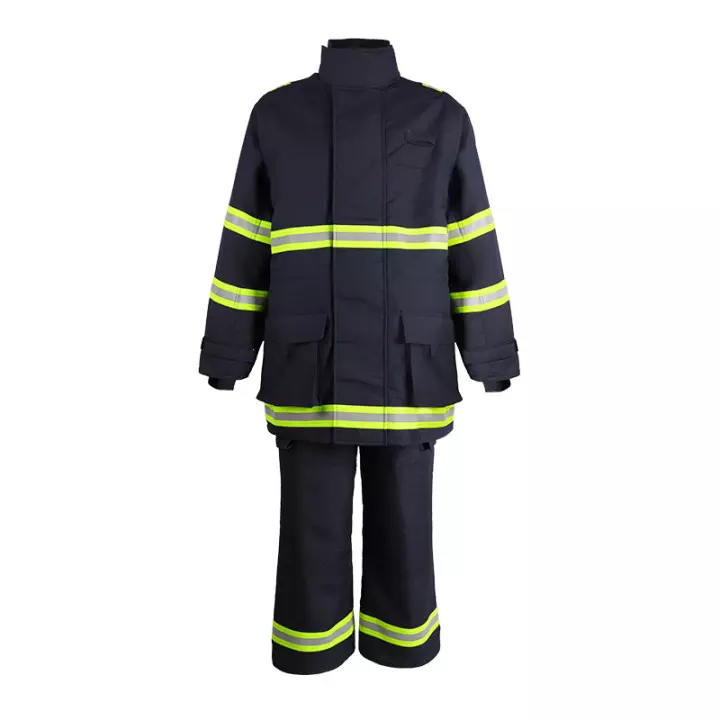
Firefighter Turnout Gear, HRPro-J/P,Composed of three layers: outer layer, waterproof and breathable layer, and comfortable layer; Configure life-saving towing belt.



If you need timely service, please contact us through online chat on our website
or Email: inquiry@cgprotection.com
WhatsApp: +8617317656853

| Name: | Firefighter Turnout Gear |
| Model: | HRPro-J/P |
| Size: | S-3XL |
| Color: | Navy blue |
| Standard: | EN 469:2020, EN ISO 13688:2013+A1:2021, CE |
| Material: | Outer layer: original liquid Nomex® and Kevlar® double interwoven fabrics Waterproof and breathable layer: Aramid felt with FR PTFE film Comfort layer: Aramid and FR Viscose blend |
| Description: | Composed of three layers: outer layer, waterproof and breathable layer, and comfortable layer; Configure life-saving towing belt |
| Feature: | 1. Nomex® fibres carbonize and thicken at high temperatures, increasing the protective barrier between the heat source and the skin, with no melt drips and excellent heat resistance. 2. The outer layer contains 45% Kelvar® ballistic fibre with excellent abrasion and tear resistance. 3. the outer layer has the properties of waterproof and oil repellent, chemical corrosion resistance, etc., together with the intermediate heat insulation waterproof and breathable layer, so that water droplets can not penetrate, with excellent comprehensive protection performance. |
| Application: | Suitable for firefighters' body protection during fire fighting work. |
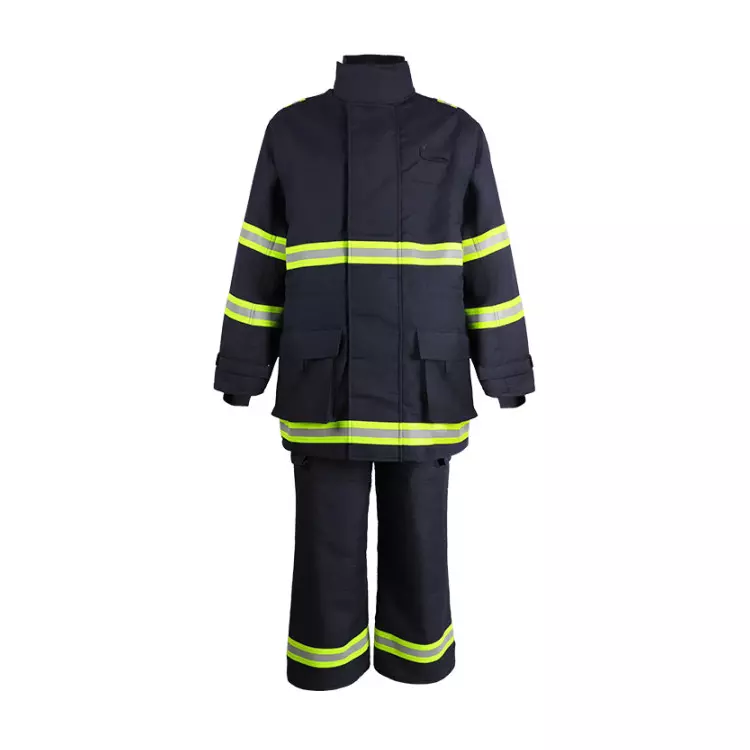
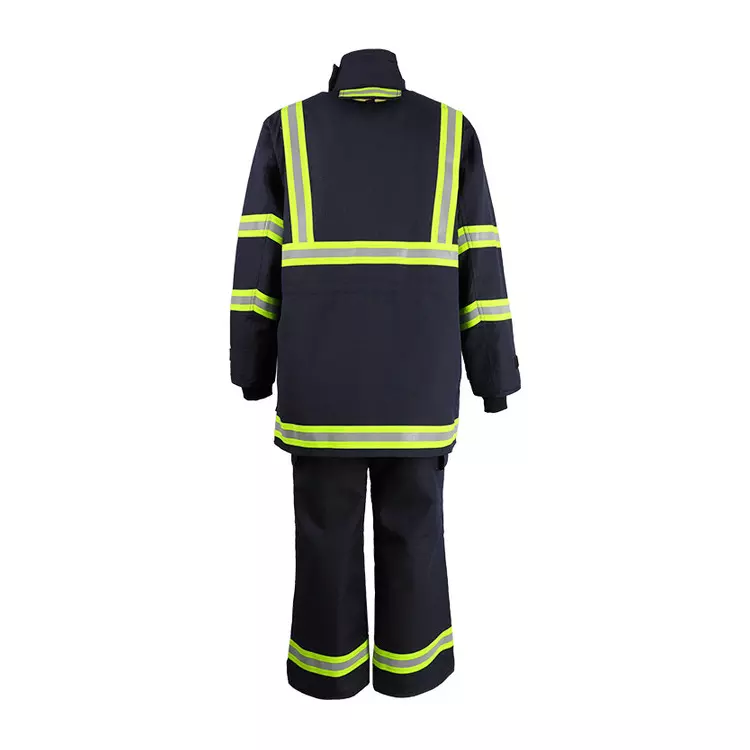
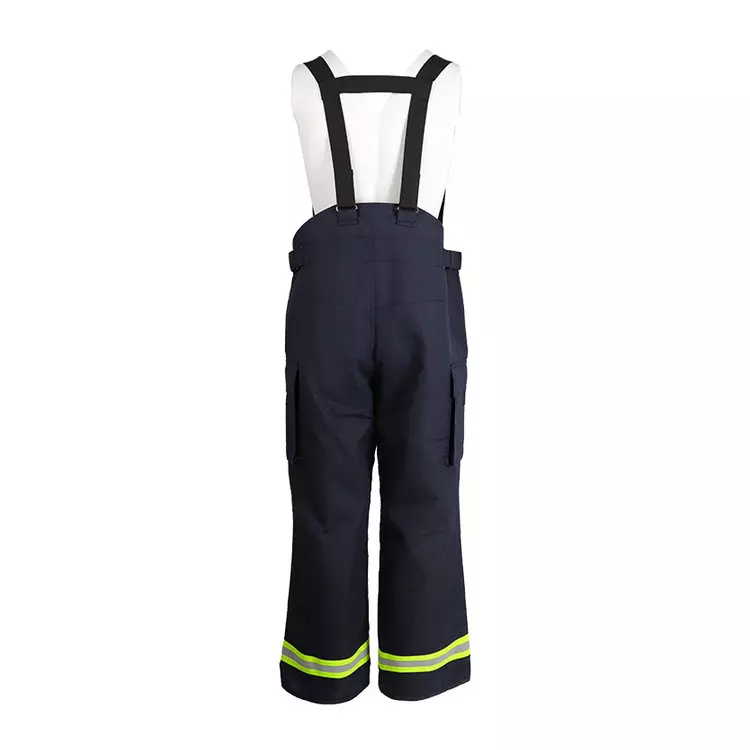
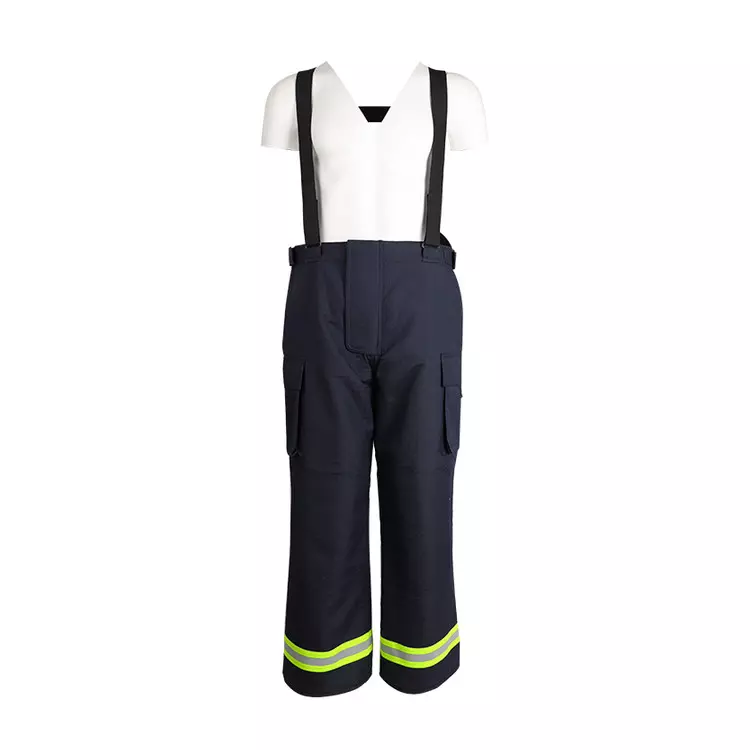
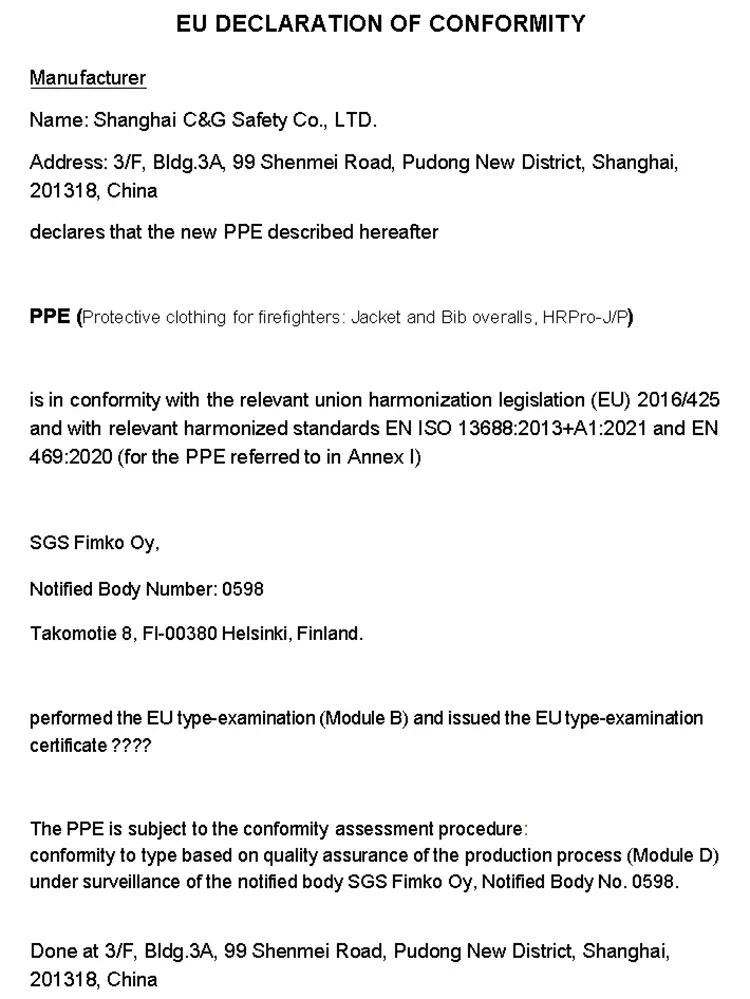
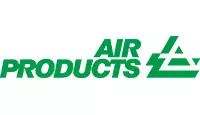
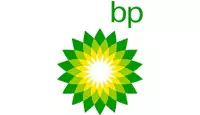
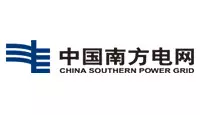
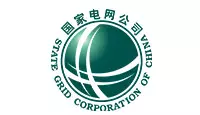
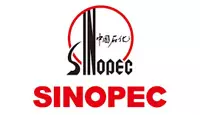
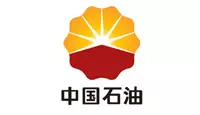

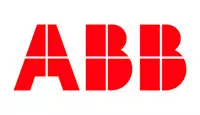


© 2023 Shanghai C&G. All Rights Reserved.